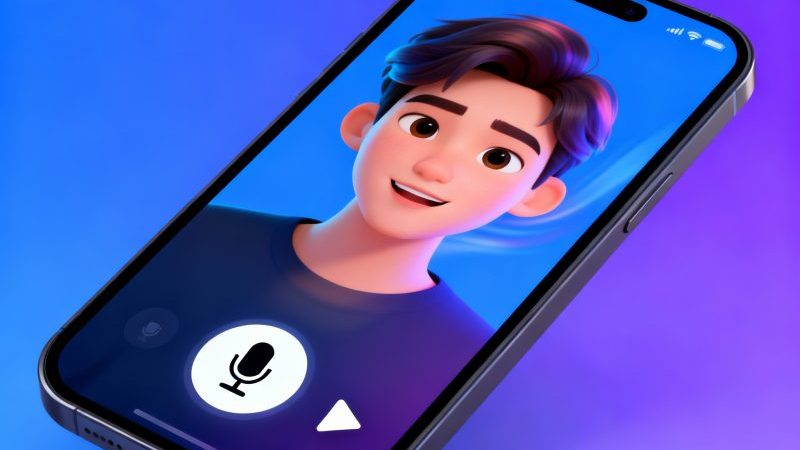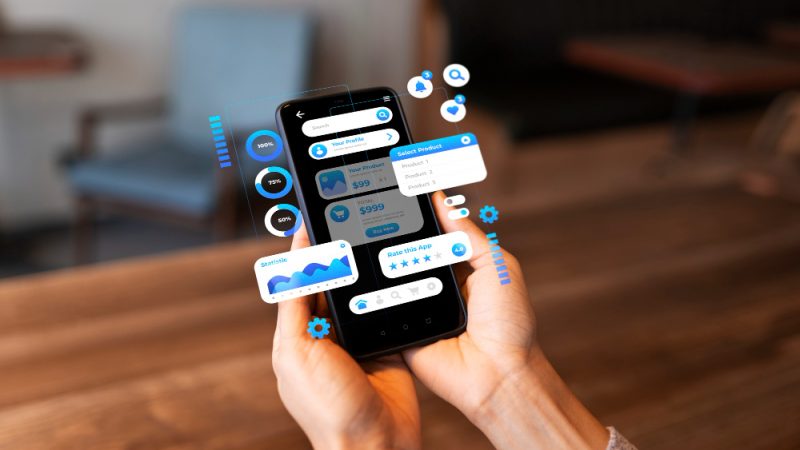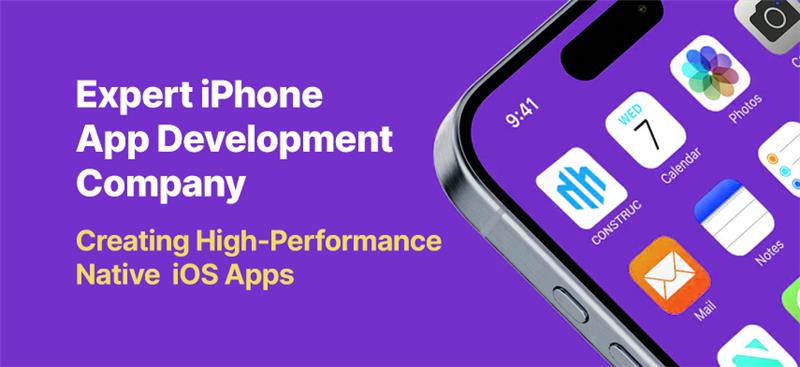6 Design Tips to Include in an App

Designing an app is a task that requires you to be creative, but it also has many technical aspects. Here are six design tips that you can implement into an app to make it more intuitive and easier for users to use.
1.Make Sure the User Interface is Intuitive
Remember that users will not know what they should do when they first open up your app, so you need to make the U.I. as easy and intuitive as possible.
For example, if you are designing a game with levels using app maker software, it would be best to place them in order, from easiest to hardest. This should b at the top of the screen, so people can easily spot them without scrolling through many menus or pages on their phones.
2. Complexity
Complexity can be a very powerful design tool to add weight and value to your app, but simplicity is usually the best way to go. Think about how much information you should give your users and present that information in the simplest way possible. Don’t make things more complicated than they need to be.
It’s also important not only what you include on the screen but also where it appears. The most valuable content on the screen will always attract attention, so try placing this at the top of the page or center of every section.
You want people scrolling down because there are other benefits for advertising lower positions through mobile data plans–but keep them engaged with high-value content up front! If you’re struggling with limiting or organizing your information, use a wireframe to guide you.
3. Design for speed
One of the most important factors that separate professional designers from amateurs is their ability to design an app that can do what it’s supposed to do as quickly as possible. We all know how frustrating it is when apps take too long to load or take too long to respond even after we’ve given them our data. Don’t make your users mad!
There are several ways you can ensure a speedy response across all platforms: memory management, internal optimization, and simplicity. Memory management involves destroying objects once they’re no longer in use so that the system doesn’t have to deal with them later on. This enables the system itself to create new objects if needed for other tasks.
Internal optimization is the speed and responsiveness of the system. If you keep things simple, your internal variables won’t run wild and cause unnecessary work for the system.
4. Planning is key
Successful apps always follow a plan, and so should you. If you’re the creative type, this may not be your strong suit; but with planning comes quick fixes and professional design. There are several tools out there that can assist in development.
So long as it’s possible to share your plans with developers through an SDK, you can accomplish an overall better product. This also helps develop a creative process where people who fit each job don’t need to focus on them individually.
Designers can work towards prototypes with developers while simultaneously moving forward on their next project. There’s nothing worse than trying to piece together a puzzle without the picture!
5. Create and be Creative
Sometimes we need to take a step back and appreciate what we’ve done. Creativity is important, but there’s no need to limit yourself. You don’t have to create an entirely new concept every time; sometimes, it’s more beneficial for you as a designer or developer to perfect your craft with one particular idea.
This way, no matter what screen shake (or lack thereof) you end up using, people will enjoy what they’re looking at. It’s all about knowing which elements work best in each app so that everyone involved can focus on making things better instead of trying too hard.
6. Test Before Launch
This is probably the most important tip you should follow. The last thing you want is an app that works incorrectly or crashes when someone tries to use it. Testing your app across all platforms gives you the best chance at making sure it will work for everyone!
During testing, there are a few things to watch out for: glitches, bugs, error messages, and system interruptions. It’s also important to have two people test your app because this will ensure that you’re getting everything right in both design and functionality. There are often different opinions that can help come up with solutions!
Conclusion
Apps are complex and require a lot of thought to get right. One way that designers can ensure their app is well-designed is by following the design guidelines for each platform. This includes planning before coding, creating an original idea while still perfecting one particular skillset to keep up with demand, and more.
Maggie graduated from Utah Valley University with a degree in communication and writing. In her spare time, she loves to dance, read, and bake. She also enjoys traveling and scouting out new brunch locations.






